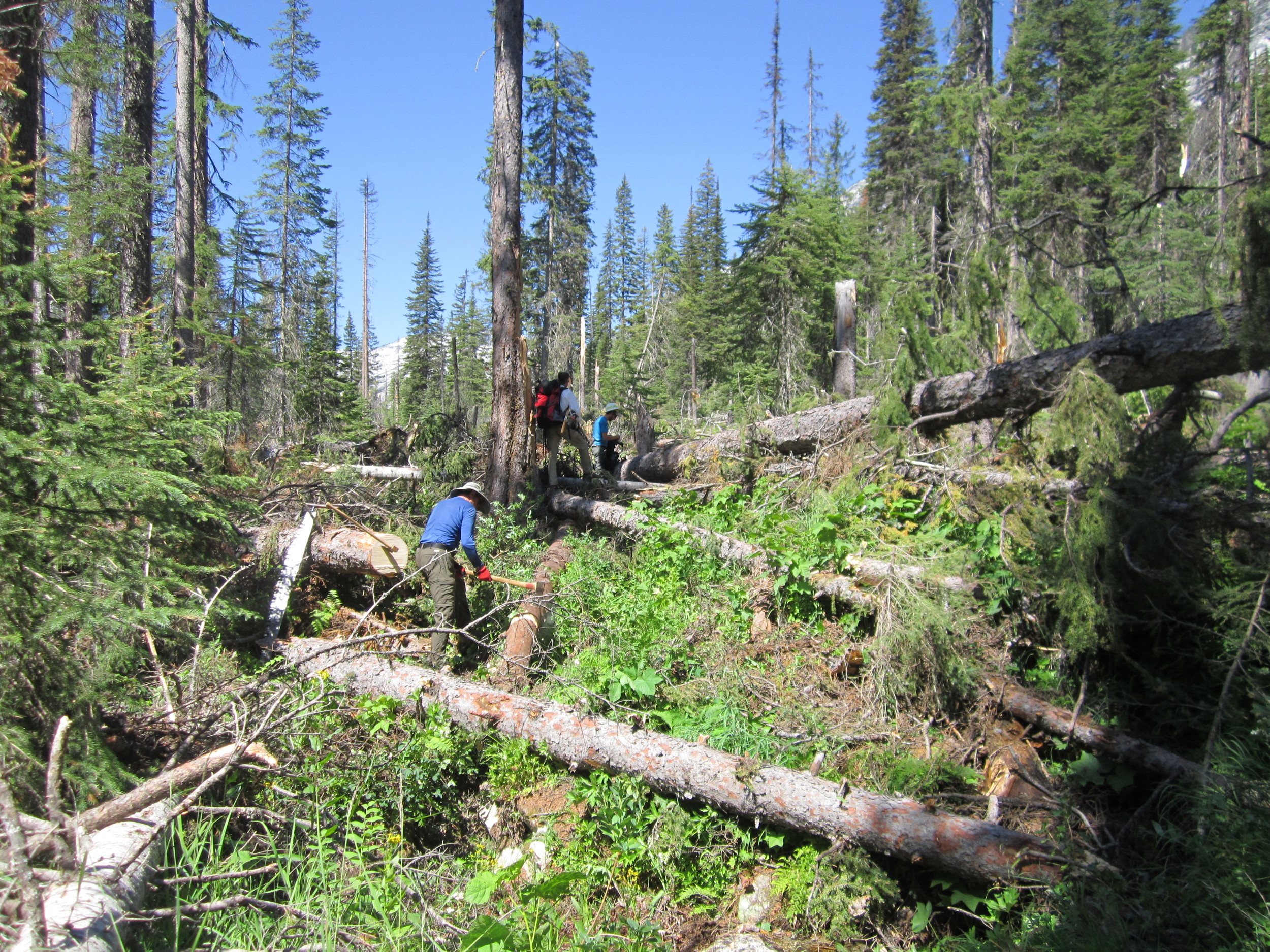Stephanie Wright - Trail Crew Leader
PP16- Trail Crew spent the first hitch (8/9-8/18) of our back to back time at Fish Lake working on trails 39, 263, and 465, to the junction of North Moose Creek. We cleared 316 trees (not including USFS crew) cleaned 80 drains, brushed 2 miles of trail and rocked 3 miles of trail and 700 feet of re-tread. We also spent the last day of the first hitch clearing trail 211 from Fish Lake Cabin towards McConnell Mountain.
Trail 263/465 could use approximately 2 miles of on-and-off re-tread. Everything is passable, but the trail itself is uneven and slowly creeping downward. It is also slightly brushy… another thing a crew could do out there if they finished the re-tread.
PP17- Our second hitch (8/21-8/29) we cleared 211 from Fish Lake Cabin to McConnell Mountain (trails 213, 60, 211) After finishing that loop we worked 3 miles up 917. There were 139 trees total, 50 of them were in one blow down above wag meadows. Hiking a total of 66.5 miles and rocking 3 miles of trail. The trail was lost hiking north down McConnell Mountain—retread would help with that (it’s also an old burn, and a secondary trail).

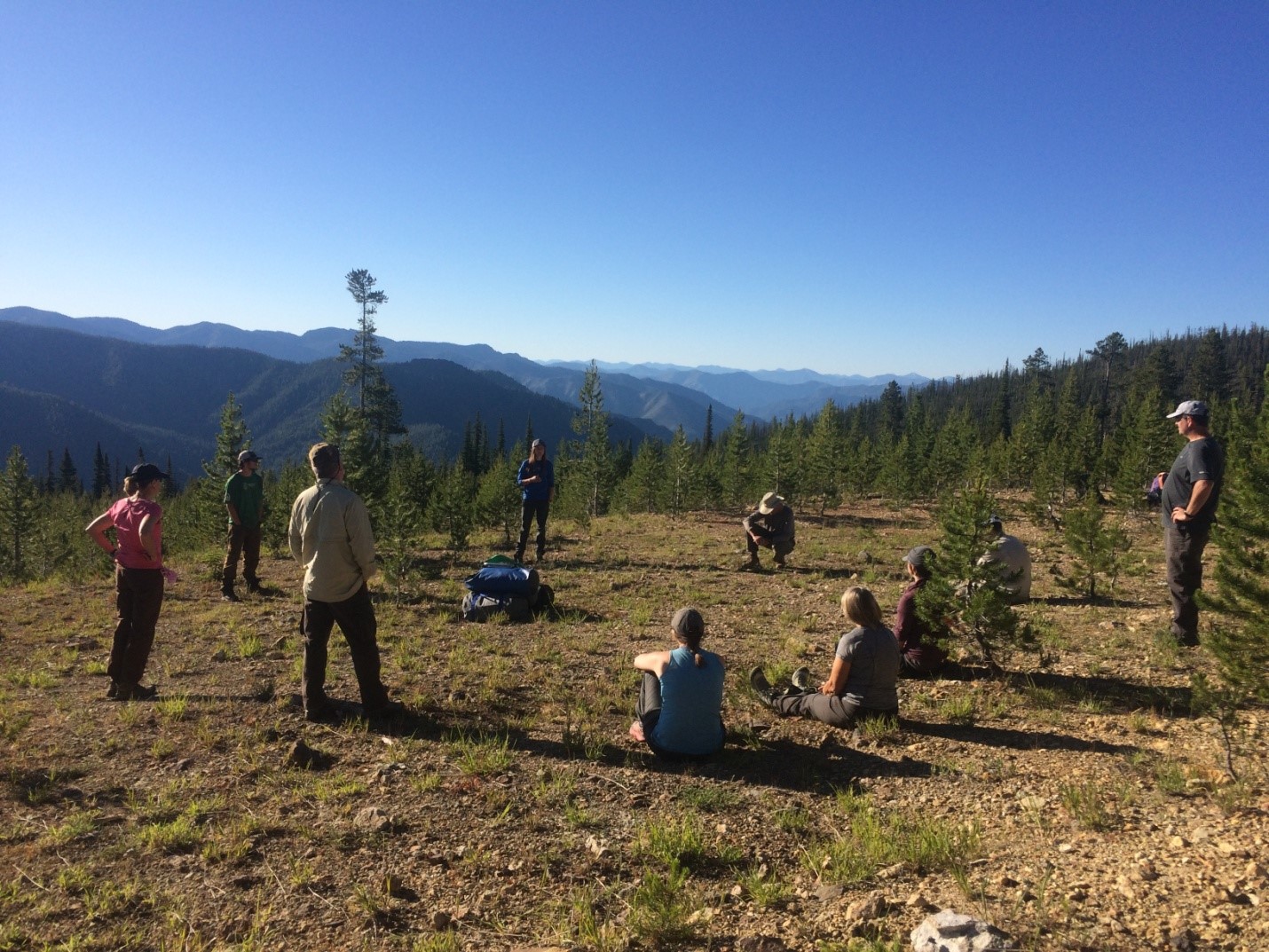






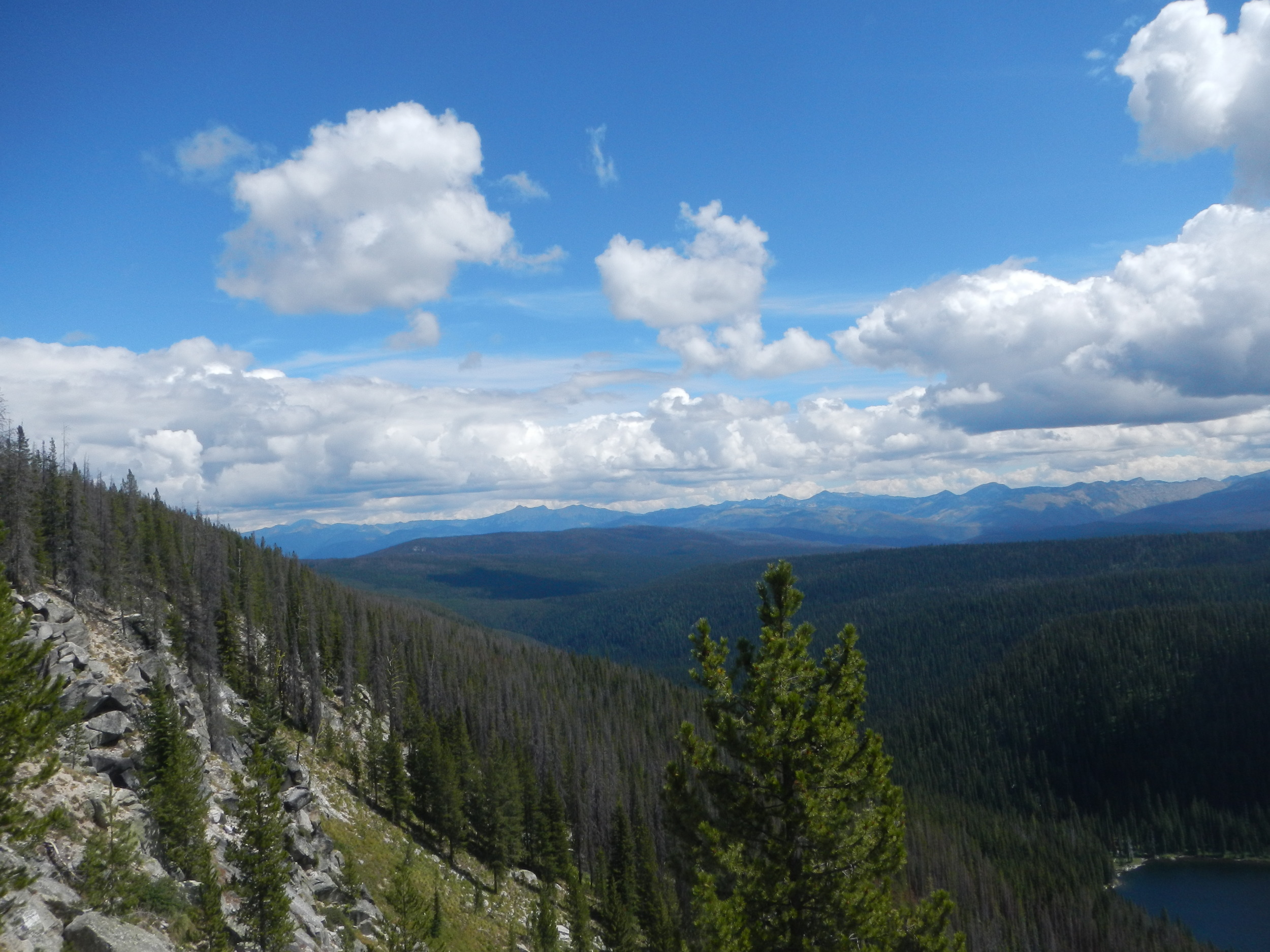
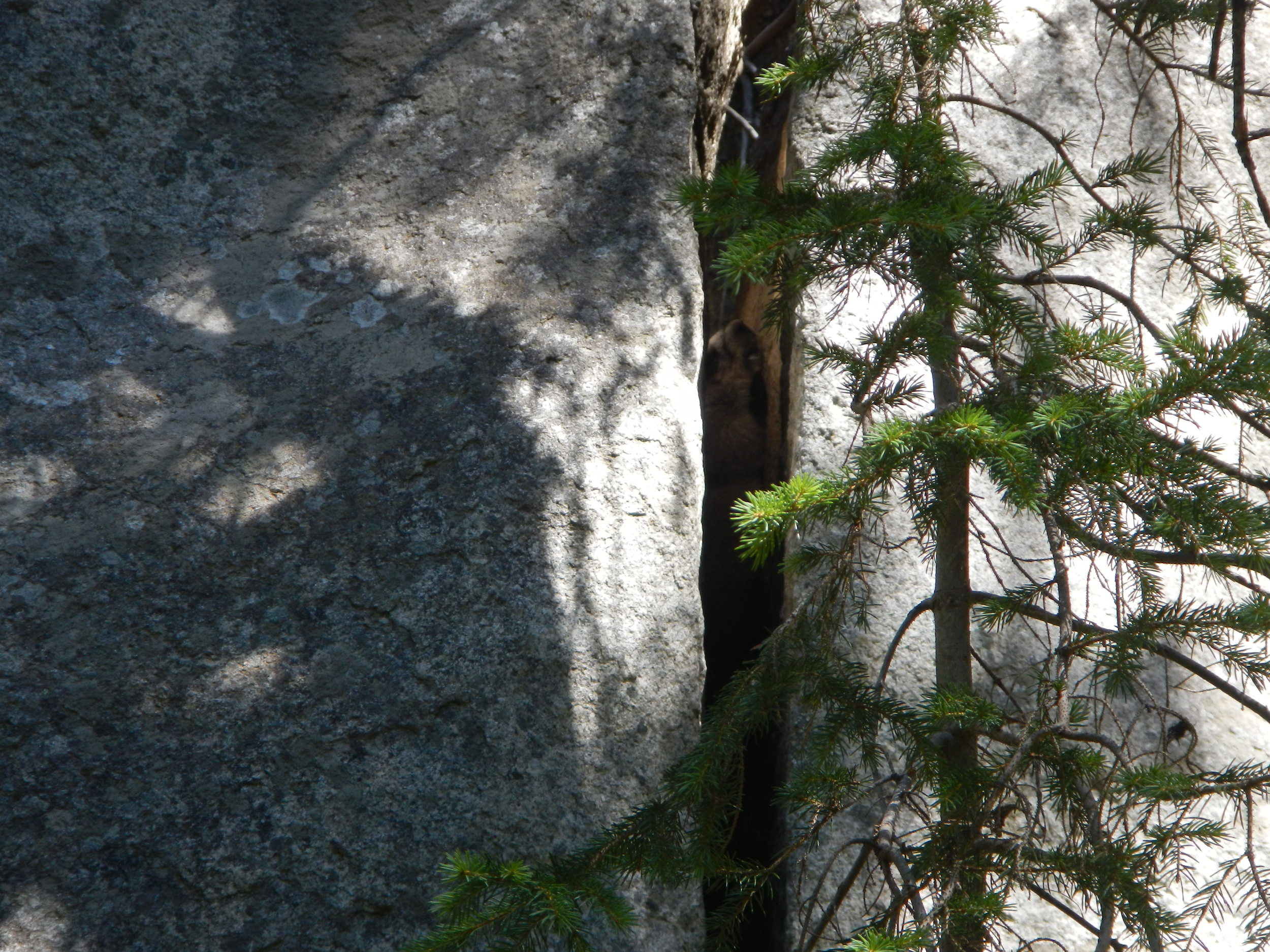
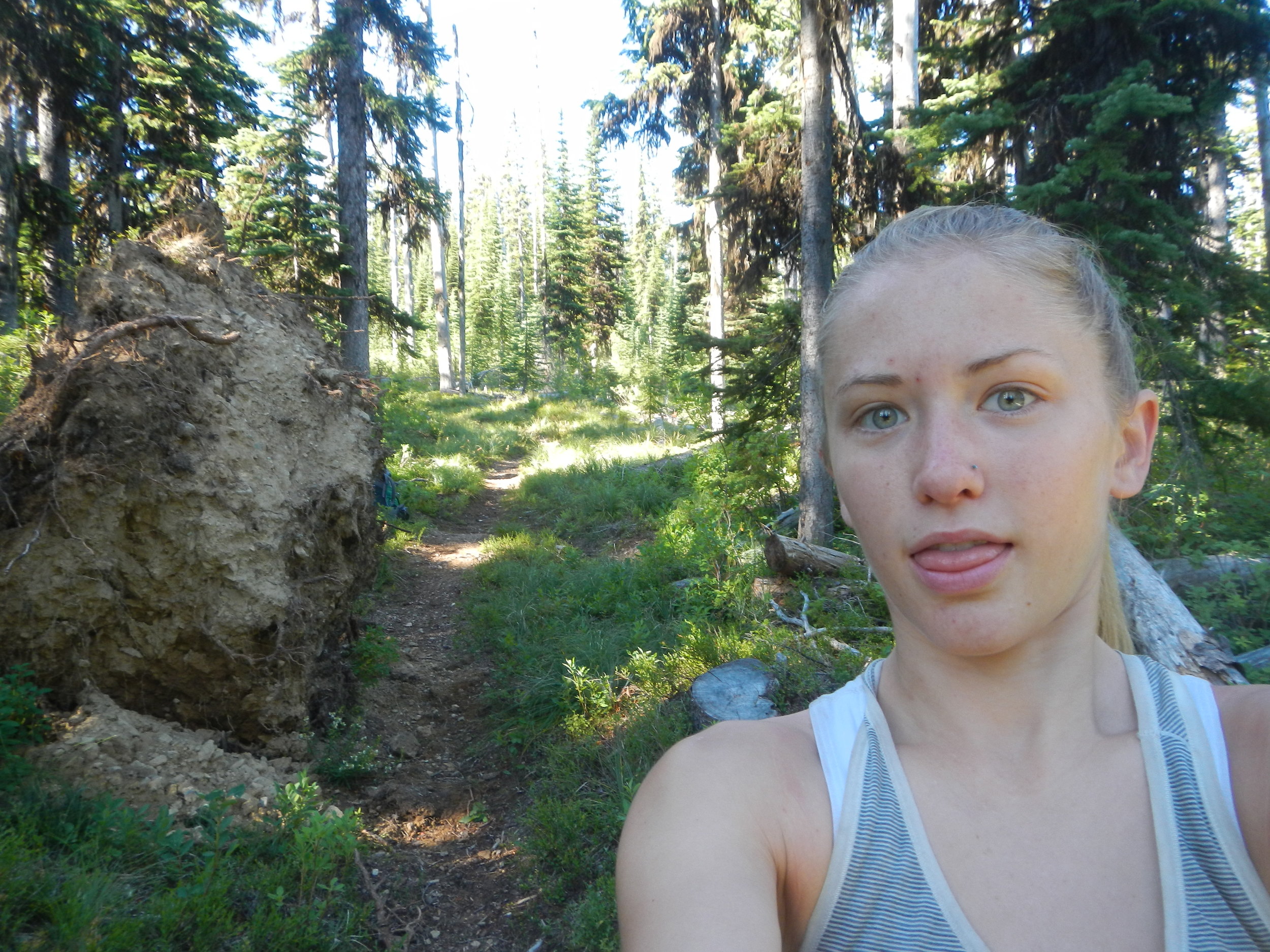
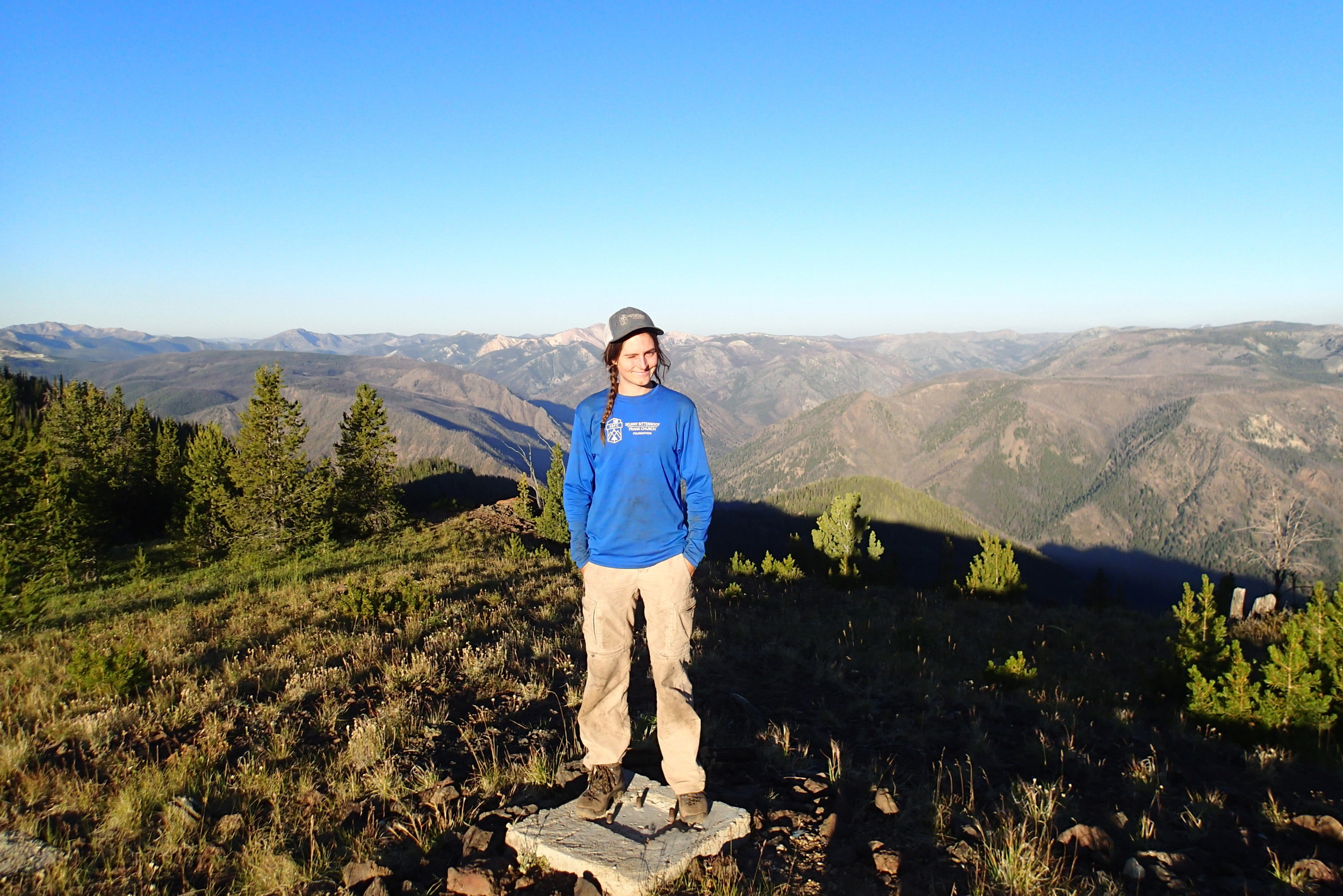
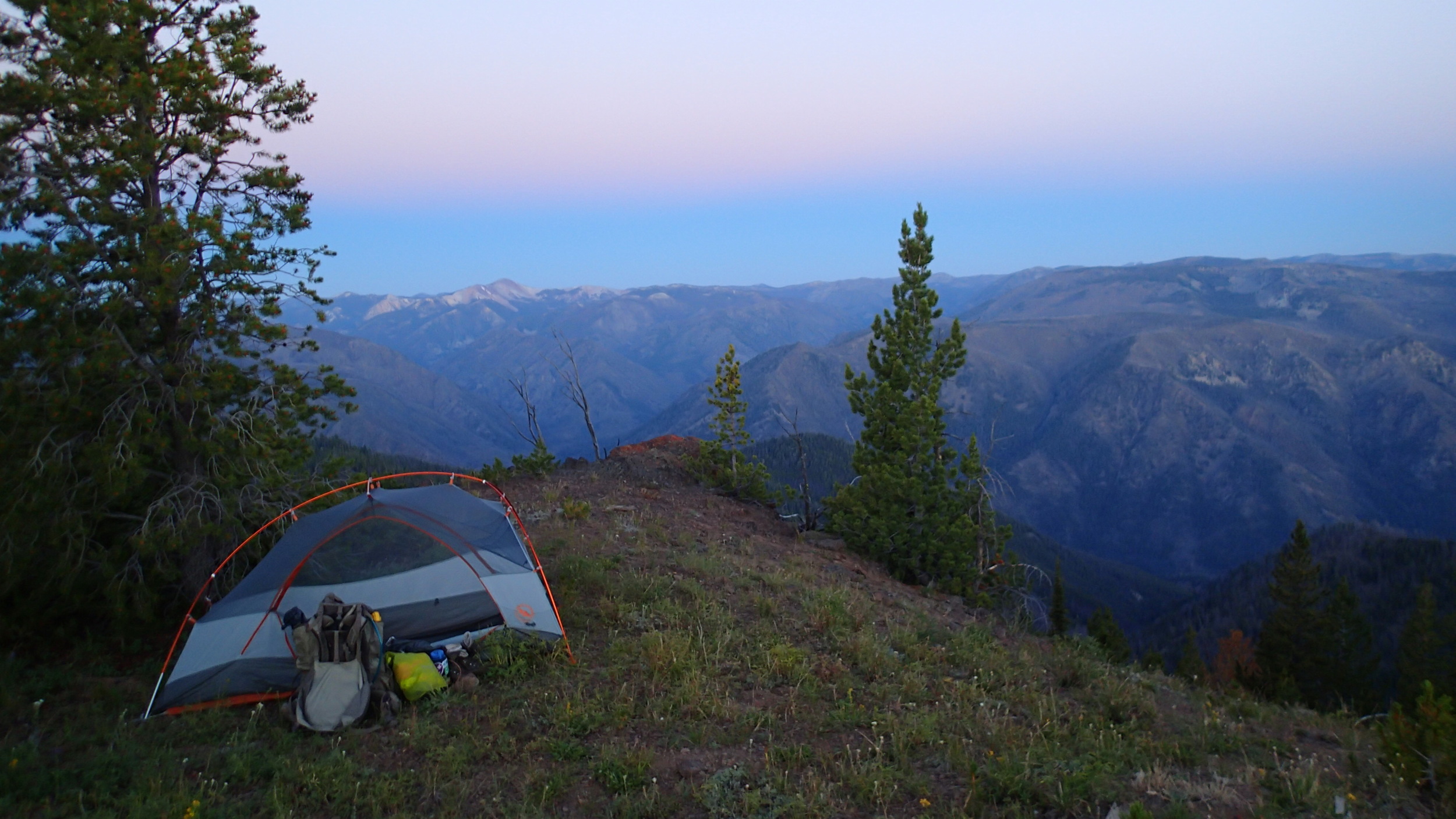
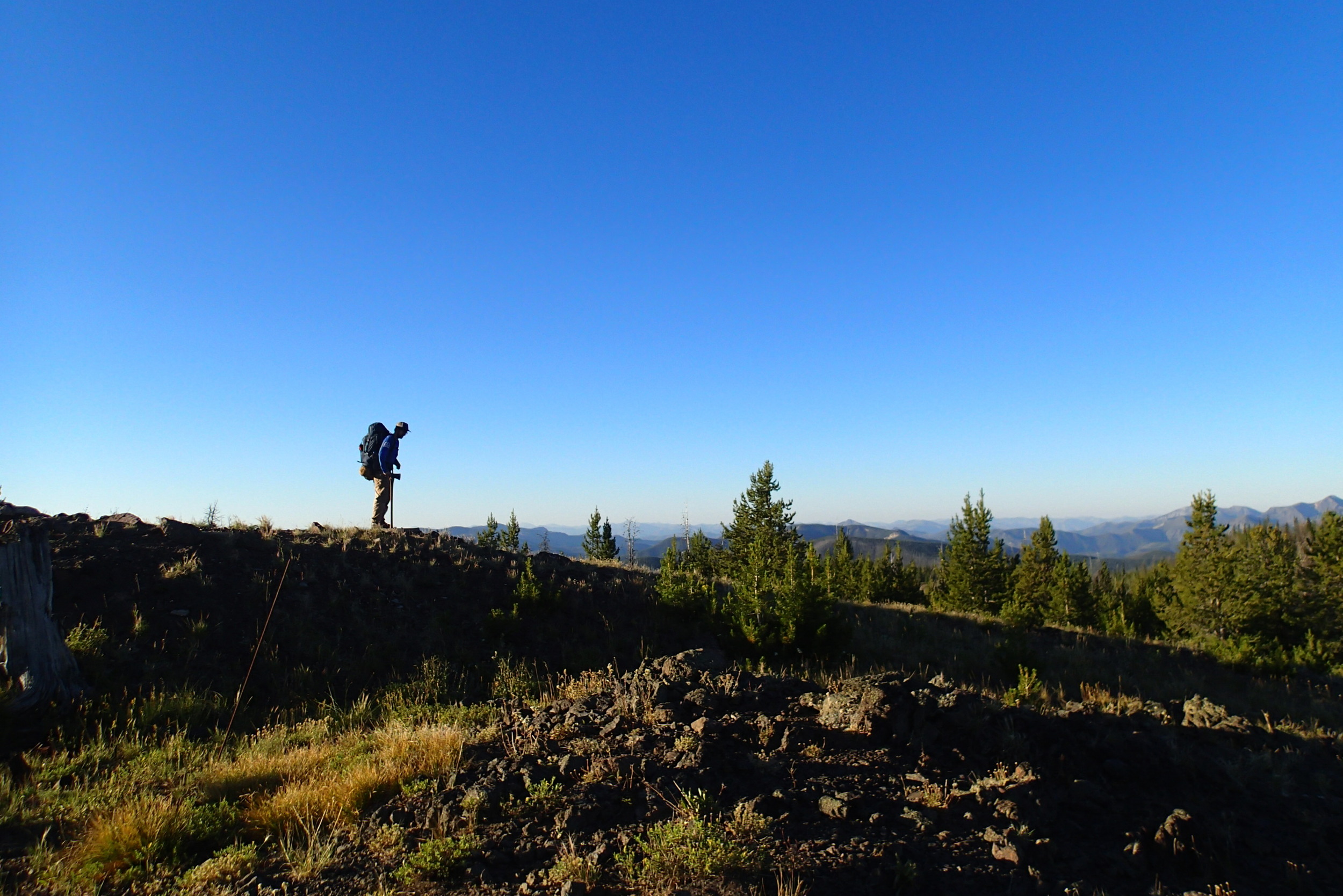









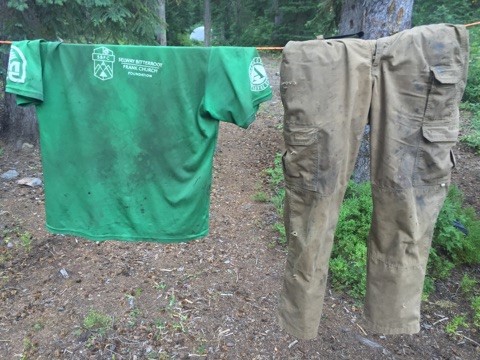


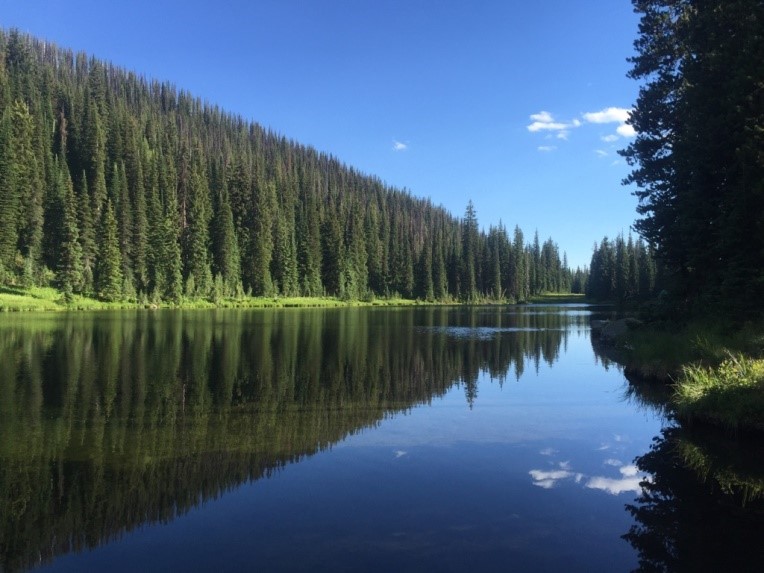
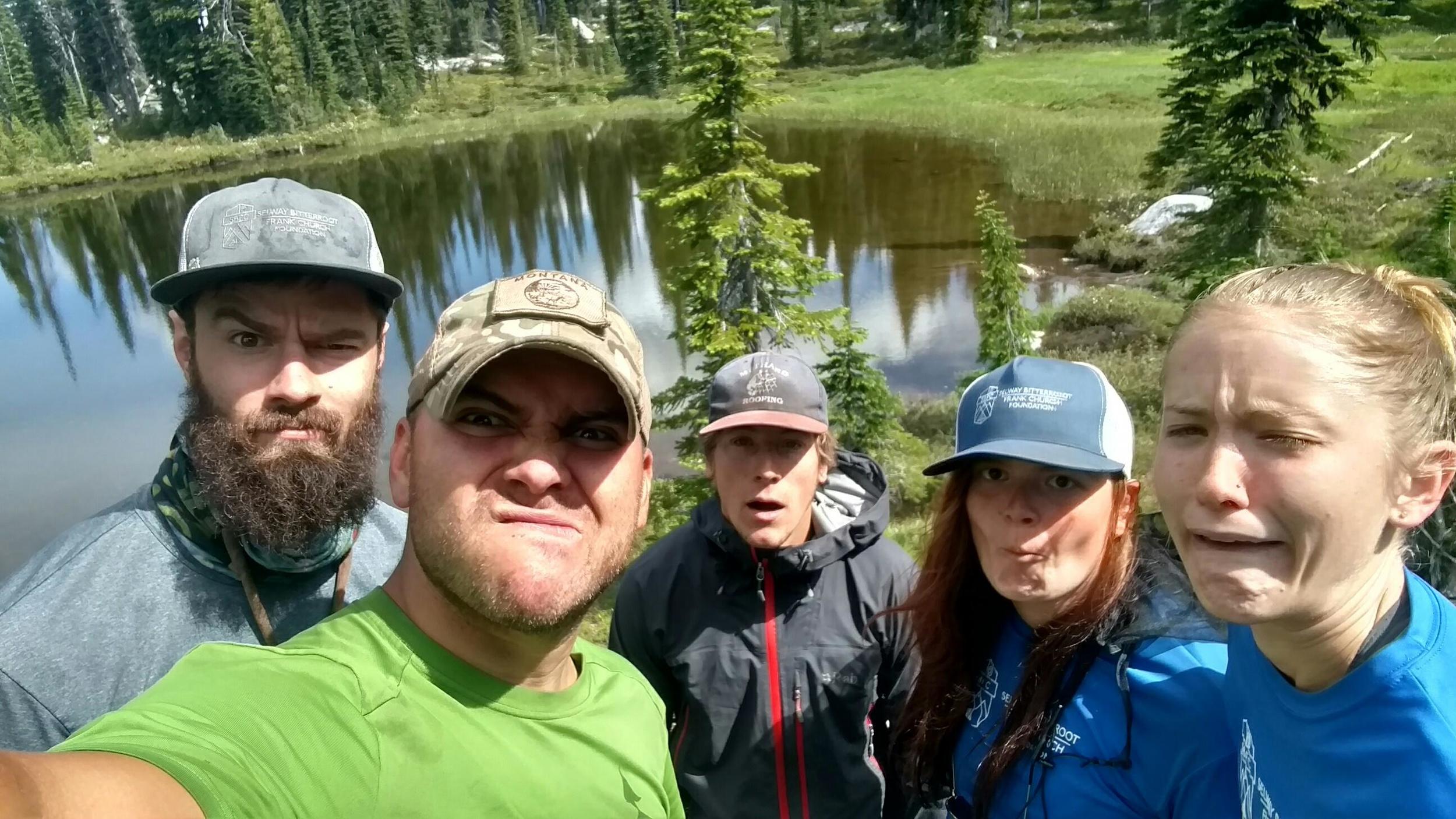
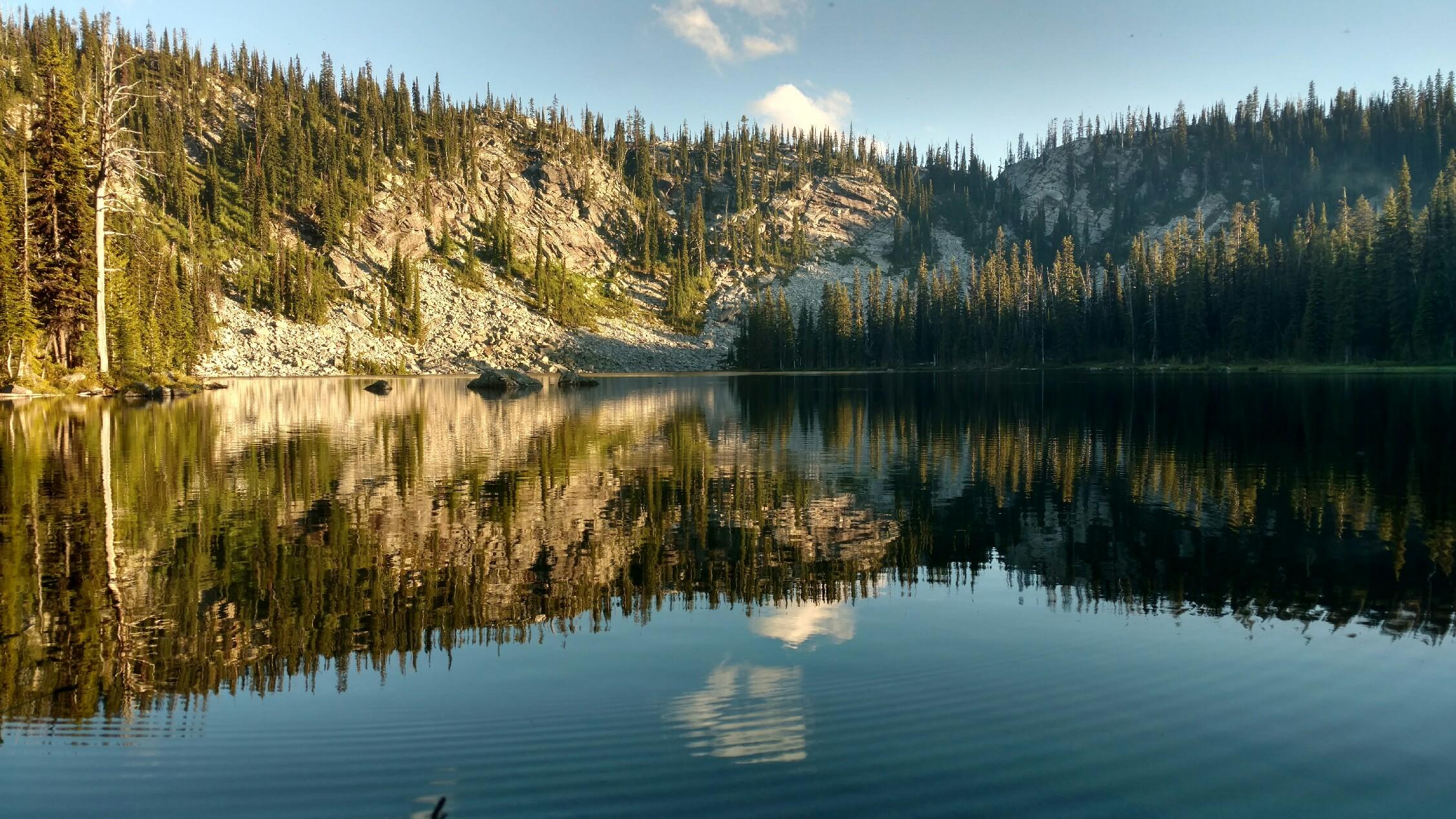

![13692609_10157219592910241_822885816686347406_n[1].jpg](https://images.squarespace-cdn.com/content/v1/559d365ae4b0233f52969762/1469378568406-YQB88TBT84P6CS24ULOJ/13692609_10157219592910241_822885816686347406_n%5B1%5D.jpg)
![13775383_10157219586115241_34821860697855921_n[1].jpg](https://images.squarespace-cdn.com/content/v1/559d365ae4b0233f52969762/1469378567064-X78F64ZXHETV9XESAVZJ/13775383_10157219586115241_34821860697855921_n%5B1%5D.jpg)
![13775843_10157219584645241_8509844364610608089_n[1].jpg](https://images.squarespace-cdn.com/content/v1/559d365ae4b0233f52969762/1469378567274-NPYVCN9WL6EBYIEV9PVR/13775843_10157219584645241_8509844364610608089_n%5B1%5D.jpg)
